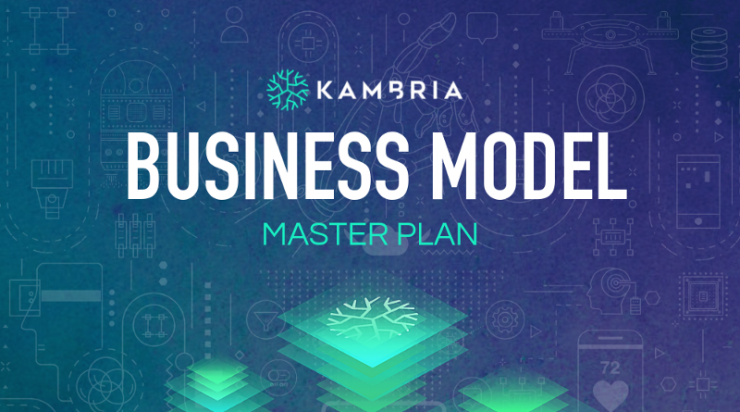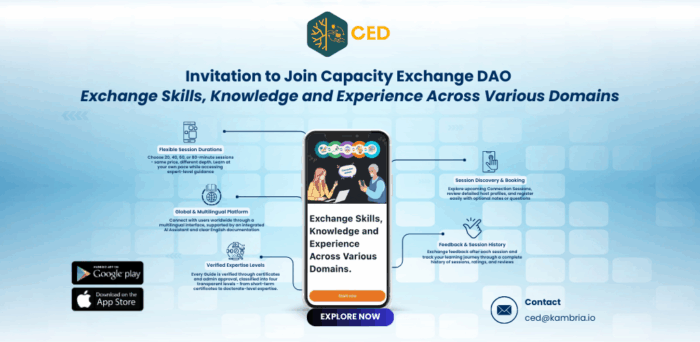Dear Kambria Community,
Our new year is off with a bang, and we are eager to deliver the best open innovation platform possible to the market. This article discusses the Kambria business model master plan which will drive the initiatives we are building over the course of the year. (It complements the technical roadmap that was discussed in our Whitepaper.) Our mission is to create a strong, sustainable ecosystem that supports all interested parties both from the top down and from the bottom up, thereby reaping the full potential of the Kambria platform.
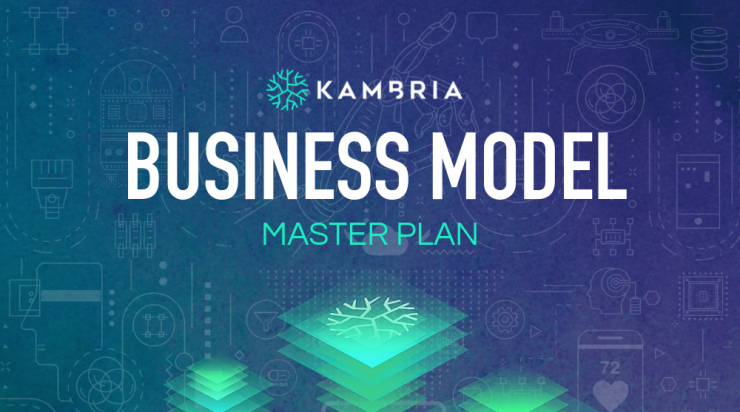
Specifically, we will focus on the following three outcomes, all of which are vital to our success.
1. Build a strong token economy
2. Build a strong developer community
3. Generate real-world revenue streams
How We Will Build a Strong Token Economy
In order to build a strong token economy, we need to create a high demand for KAT. Our entire model centers around the KAT token, as it will be used to facilitate the transfer of value for every aspect of the platform. We will do this by requiring that all bounties issued on the platform be payable in KAT, that licensing fees be paid in KAT, and that all membership fees for the Kambria platform are paid for with KAT. To facilitate the ease of use of tokens in these and other platform activities, we will create a fiat gateway for those who want to purchase KAT. We will also periodically buy back KAT on the exchange to assist users and corporations.
In addition to creating demand and increasing ease of use, Kambria will focus on reducing the token velocity by providing incentives for users to stake KAT to vote for viable projects on the platform or stake KAT to win badges and extra membership benefits. We will also participate in revenue sharing. Contributors will be rewarded in Karma, and receive a portion of revenue generated by our ecosystem.
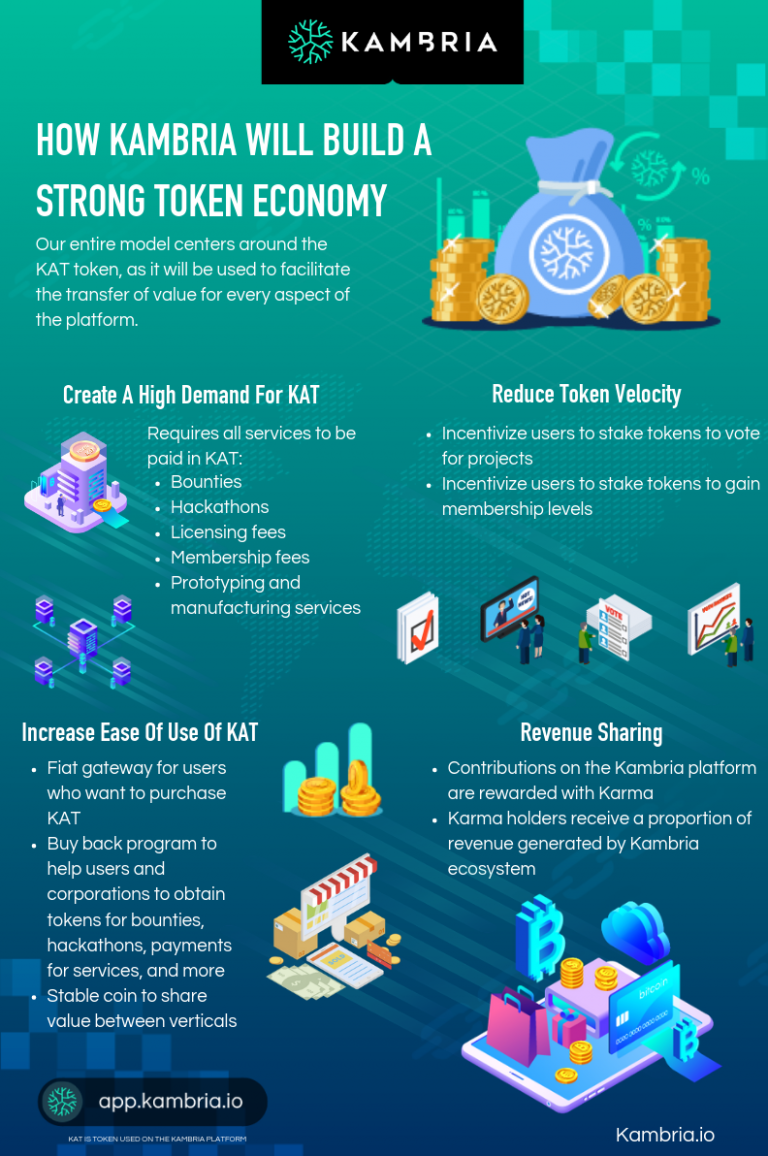
How We Will Build a Strong Developer Community
Building a strong developer community is crucial to developing a strong, sustainable ecosystem. Without talented and engaged developers, Kambria will not thrive. Therefore, we will focus on creating talent pools through educational programs and organizing hackathons with social impact. We will also incentivize developers to join our platform by offering them project bounties, making the platform easy to use, and allow them to innovate on the work of others, thereby saving them the time and cost of reinvention.
We will also create a collaborative environment for developers through our global Open Innovation Hub, a worldwide network of physical research and development labs. Hubs will be located in Silicon Valley, Vietnam, India, and other countries and will bring together academia, industries, startups, and funds in one physical space. Our goal is to enable collaboration across the globe in a trustless manner.
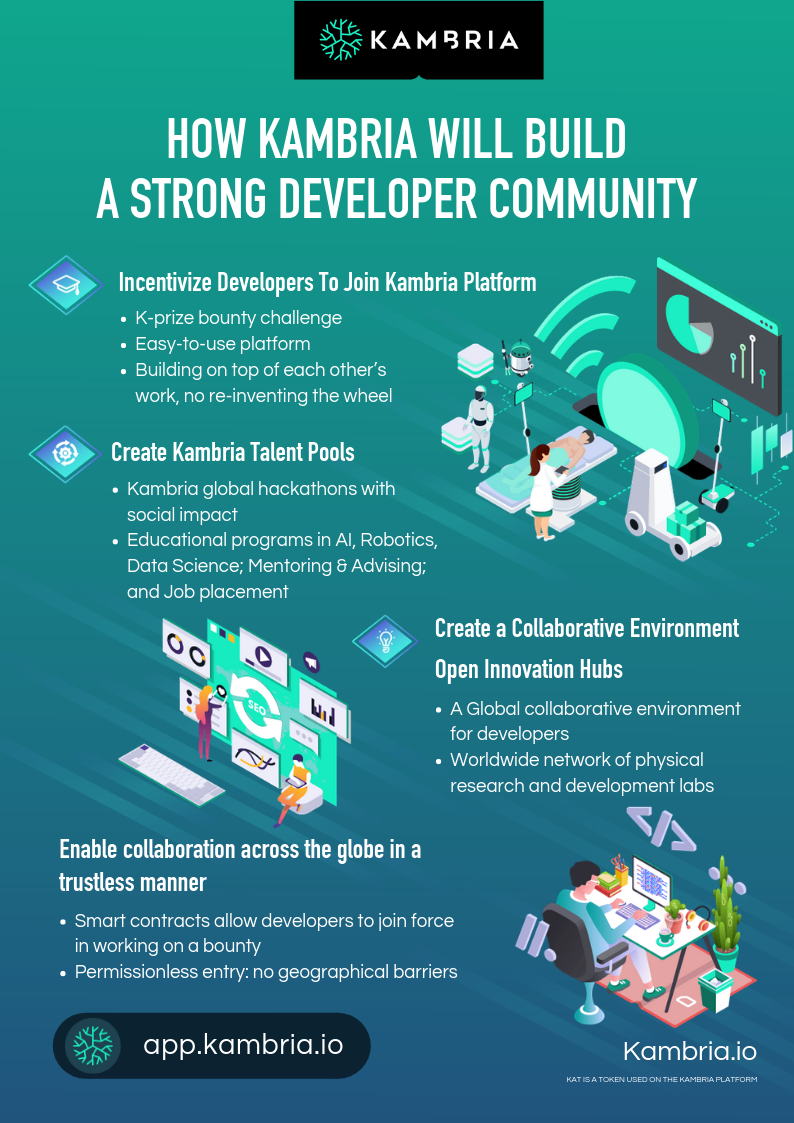
How We Will Generate Real-World Revenue Streams
The third element of our sustainable platform strategy is to generate real-world revenue streams. To this end, we will provide community services, offer open innovation as a service (OIAAS), develop a licensing program and create a product and technology marketplace.
Community Services
Community services include providing content on the Kambria platform at varying subscription levels corresponding to the number of features provided. For example, one level may allow the user to access Kambria’s KDNA codebase and high-level resource library while the next level also offers a prototyping and manufacturing portal which includes a set number of hours of 3D printing services.
In addition, we will provide educational programs for a set fee. Programs will include training courses for CAD, 3D printing, and/or lean production; educational courses in AI, robotics, data science, and blockchain; mentoring and advisory services; and job placement. Certifications will be issued at the successful completion of the programs.
Lastly, Kambria will continue to host quality events and summits in conjunction with our partners. These include both worldwide meetups and hackathons, which also serve in building our developer community.
A significant portion of the revenue generated will be used to purchase KAT from the market and will be used for bounties, revenue sharing allocations, training programs, and other activities that support our first two initiatives of creating a strong token economy and supporting our developer community. In addition, KAT that is paid to Kambria will be collected in a Community Fund, from which a portion of tokens will be periodically removed and burned.
Open Innovation as a Service
With respect to open innovation as a service (OIAAS), Kambria will utilize several approaches. The first approach is a top-down approach that focuses on bounty challenges. Corporations will be able to propose a bounty for some advanced technology they need. Multiple teams will compete for rewards in multiple rounds. At each round, Kambria community and a panel of experts will pick the teams to go to the next round and reward them accordingly. The final winner will receive the biggest prize of course.
Kambria will earn an administrative fee for organizing and running the challenge and a portion of the bounty will be used to purchase KAT from exchanges and distributed to the winning team(s). In this way, winners will be able to access higher levels of community services via the platform. Community members will be encouraged to stake KAT to vote for teams at each stage of the bounty. Voters will be rewarded with Karma if the team they support wins the challenge.
The second OIAAS approach is referred to as our “bottom-up” approach which generates KAT through Kambria’s Innovation Marketplace. Users will be able to upload their project in the Marketplace and request funding. Backers who are passionate about that project can stake KAT to support it. If a specific project garners sufficient support, then Kambria will collect KAT from backers to help the project lead with development, prototyping, and market fit. Once the technology is fully developed and commercialized, Kambria will distribute revenue earned to stakeholders.
The third approach to OIAAS is to drive innovation through funding university research projects just like NSF or DARPA programs, but without the bureaucratic hurdles that researchers usually have to go through in the grant application process. In this instance, we will create a funding pool from corporations for a category of advanced technology such as robotic arms or computer vision for moving objects and have teams of university researchers apply to receive part of the funding. Kambria community and the corporations’ representatives will be able to vote and select which teams they want to participate in the program. Each team will have to stake KAT to receive the codebase, mentoring, and training. Their final work will also be judged by a panel for the remaining rewards, and their reputation score will be updated for future funding pool participation.
Open Innovation Hubs
In addition to supporting the growth of our developer community, Innovation Hubs will be used to provide community services. Some Hubs will be operated solely by Kambria and others will be managed as joint ventures with our partners. Hubs will be able to provide sourcing services for corporations seeking ideas and tech to integrate into their businesses. For such companies, Kambria will be able to organize hackathons, challenges, and exclusive recruitment programs to uncover experts within specific verticals. This talent sourcing is related to the Hub’s educational mission to train and develop talent pools, both internal and external to corporate clients.
In addition, Hubs will provide consulting services to our corporate clients. Kambria will work closely with internal client teams to identify problems and opportunities and then design solutions using both our internal team and our open source community. If appropriate, we may also be able to deploy the technology itself on behalf of our clients.
Lastly, Hubs will be a source of development services where companies can purchase well-defined, stand-alone technology solutions for a specific need.
Technology Licensing
Another primary source of Kambria’s revenue will be generated from technology licensing. Kambria will charge a fixed fee for available technology which companies or individuals wish to license for commercial use. Revenue will be distributed to inventors, backers, and Karma token holders in a predetermined proportion.
Kambria Store and Products
Lastly, Kambria will generate revenue through sales in the Kambria Store. Store items will include the telepresence robot development platform, the autonomous indoor platform, the cobot (dual arm) platform, and other products as they are developed by Kambria members.
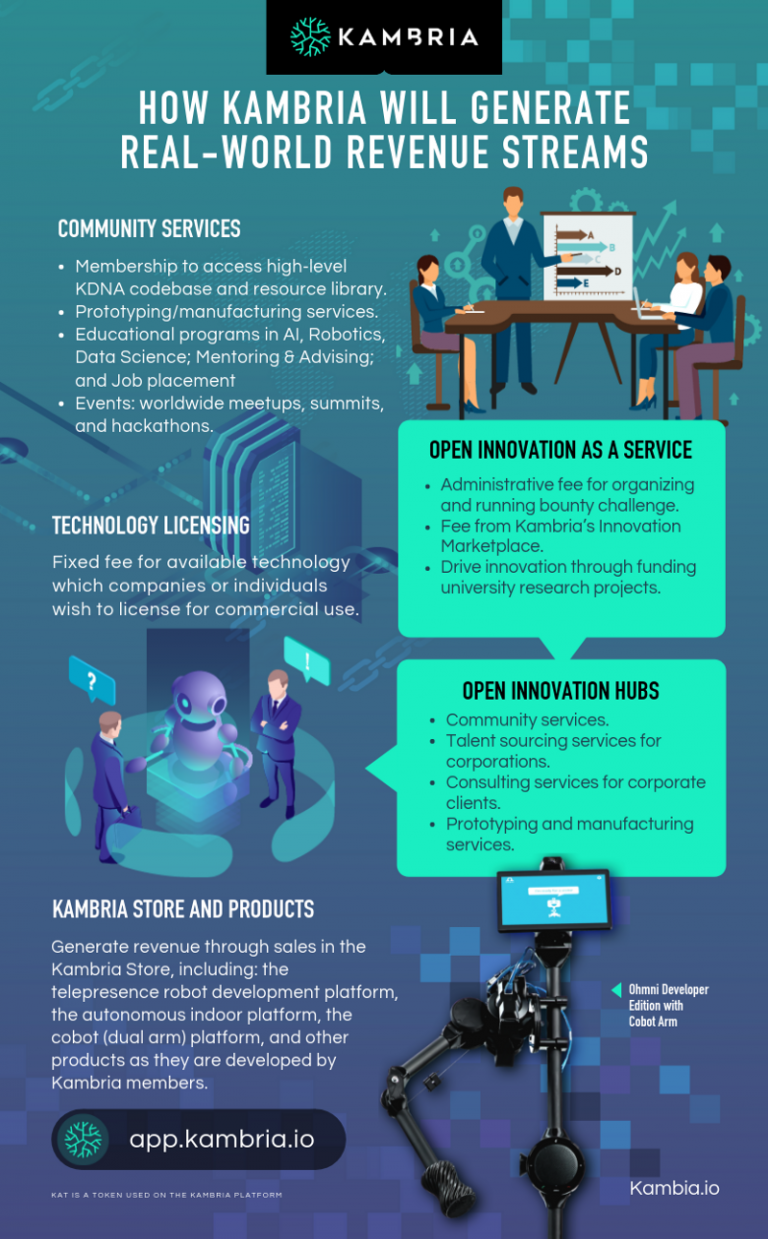
Revenue Projections for 2019
Given the scale and breadth of revenue-generating activities, we project the following revenue goals for 2019:
- Projected Revenue $3M USD
- Profit sharing: 20%
- Projected KAT to be purchased $600,000
- Projected KAT to be burned $50,000
Currently, we are pursuing several projects including an AI alliance, a hackathon series, a K-Prize bounty challenge, and are working diligently to launch our Open Innovation Hub Program. All of these initiatives will be live in Q1.
We are confident that our strategy to create a strong and sustainable ecosystem is robust and achievable. We will work diligently on supporting the economics of our token, in creating a vibrant developer community, and in generating various streams of revenue with inside and outside of the platform. All of these pieces are important and need to come together to support the growth of the Kambria platform.
Thank you for your continued support! Our community cannot grow and thrive without you. Please be sure to contact us through one of our channels below should you have any questions. We look forward to hearing from you.
The Kambria Team
Email: info@kambria.io
KAT is a token used on the Kambria platform.
